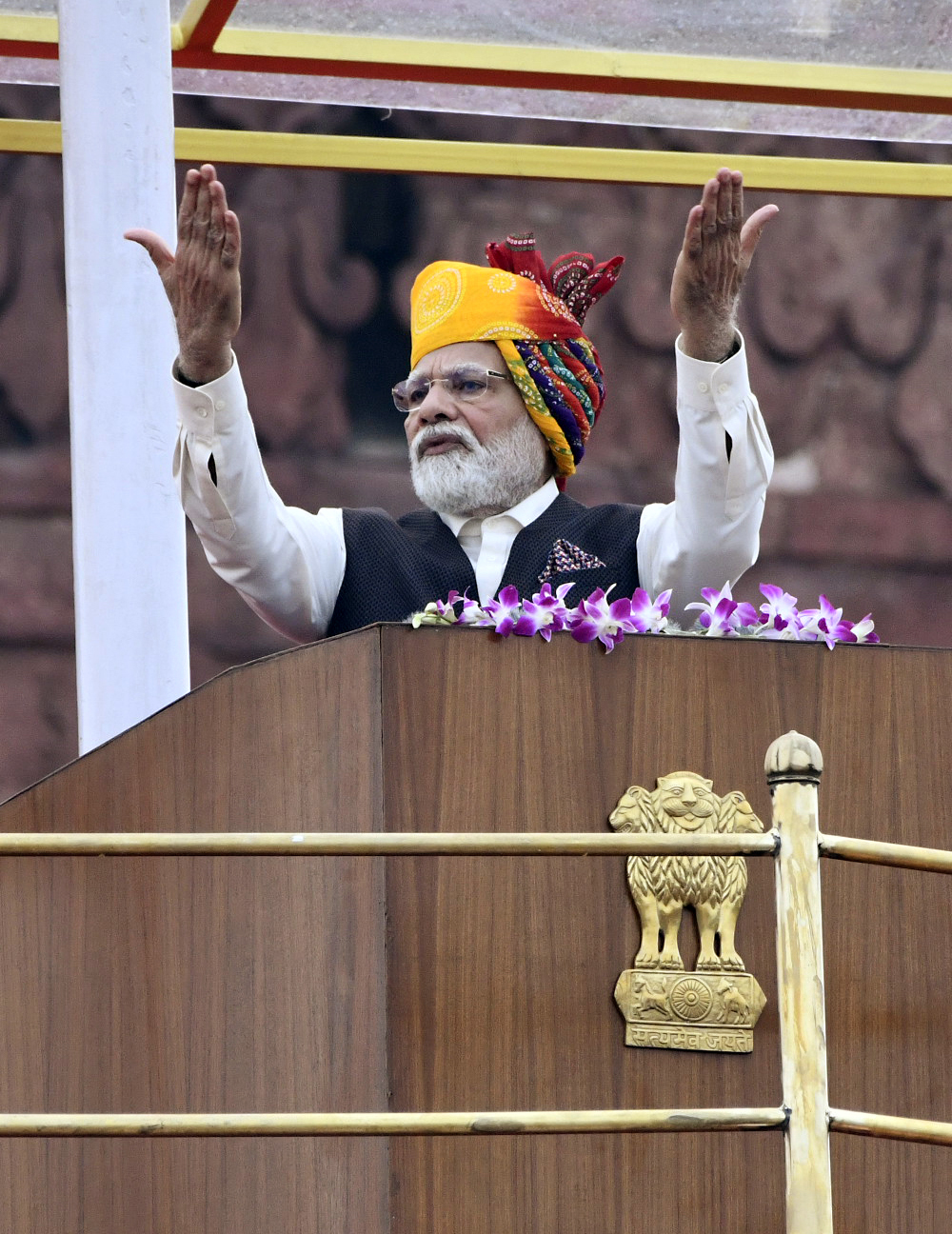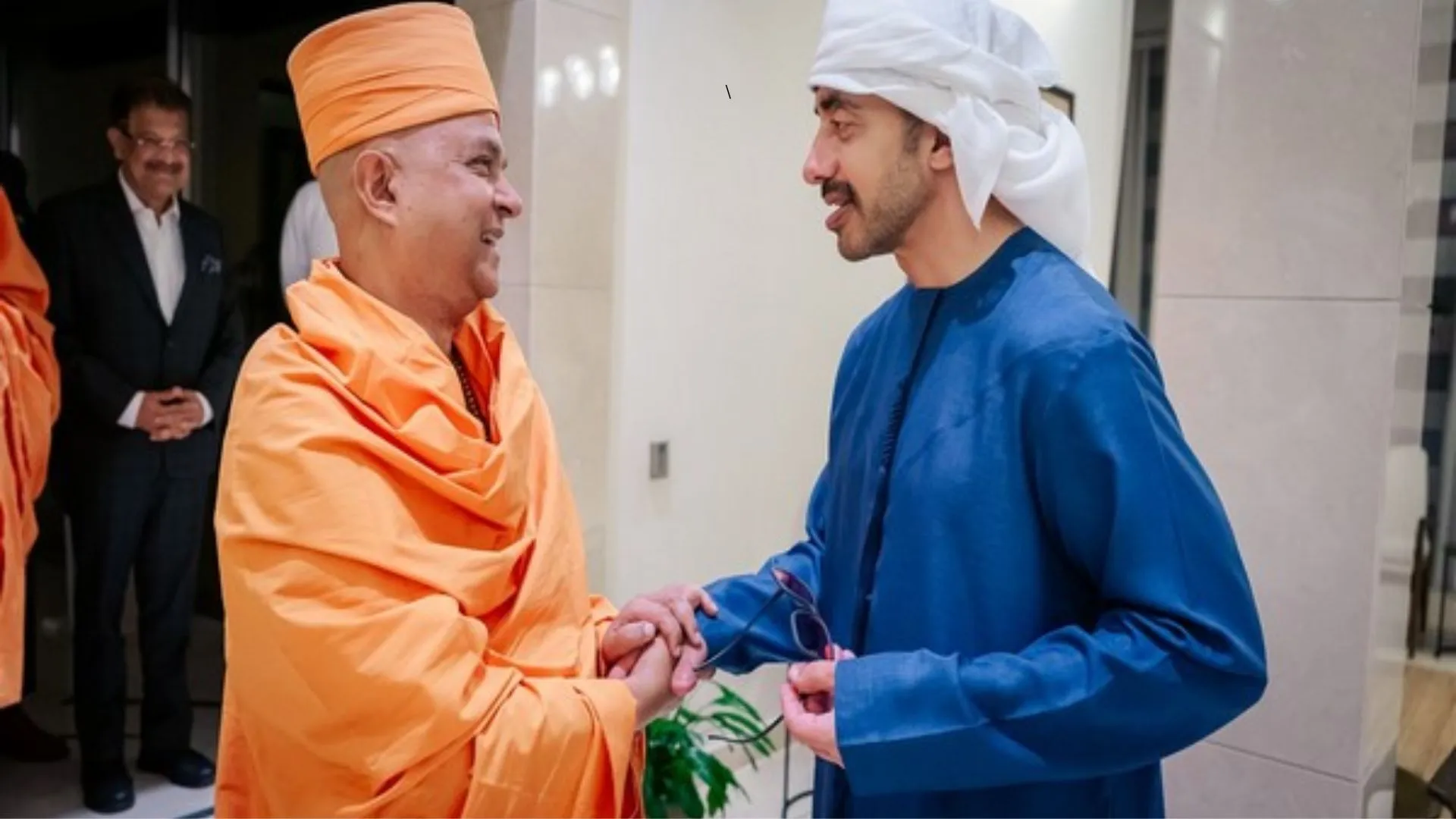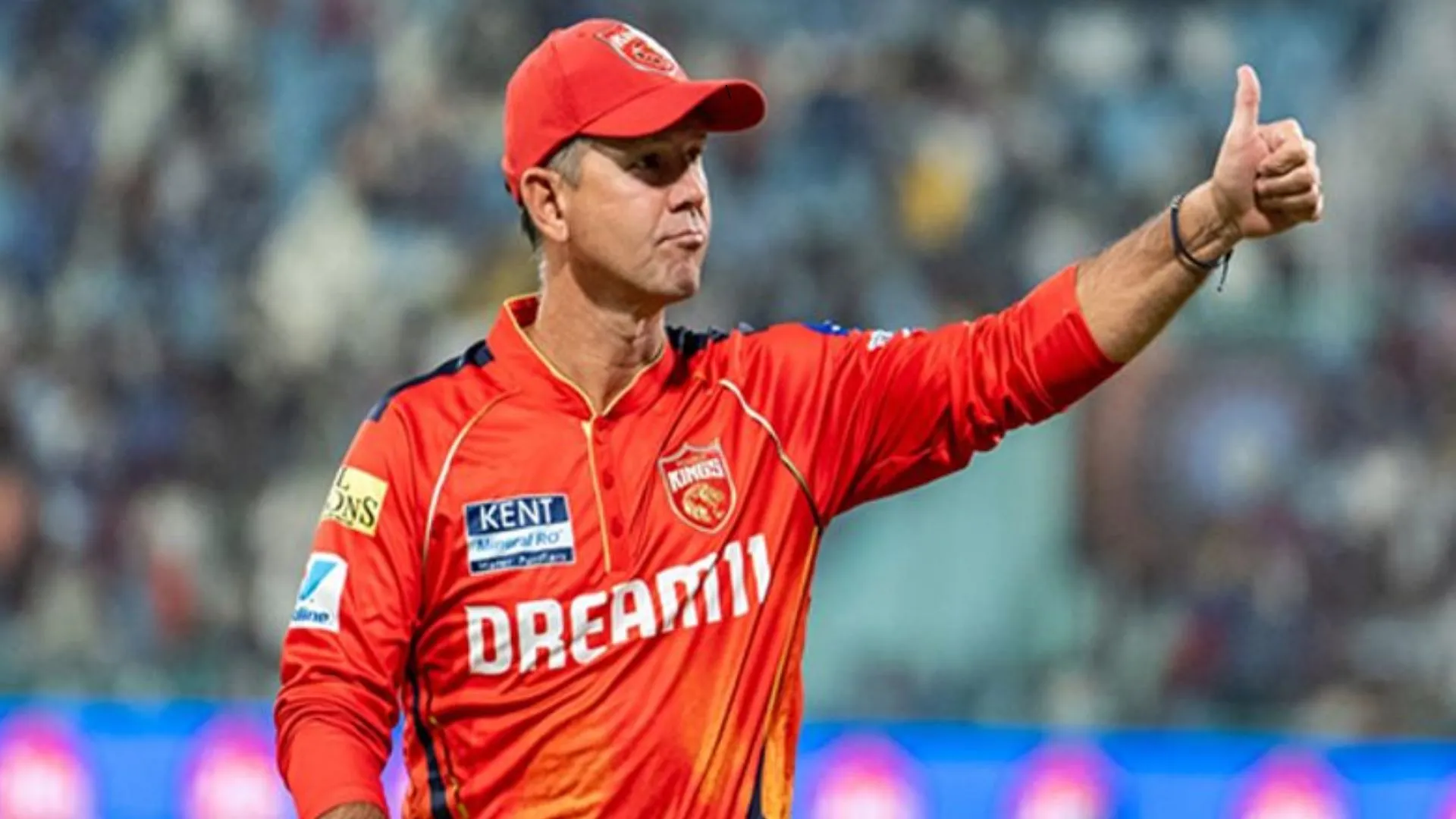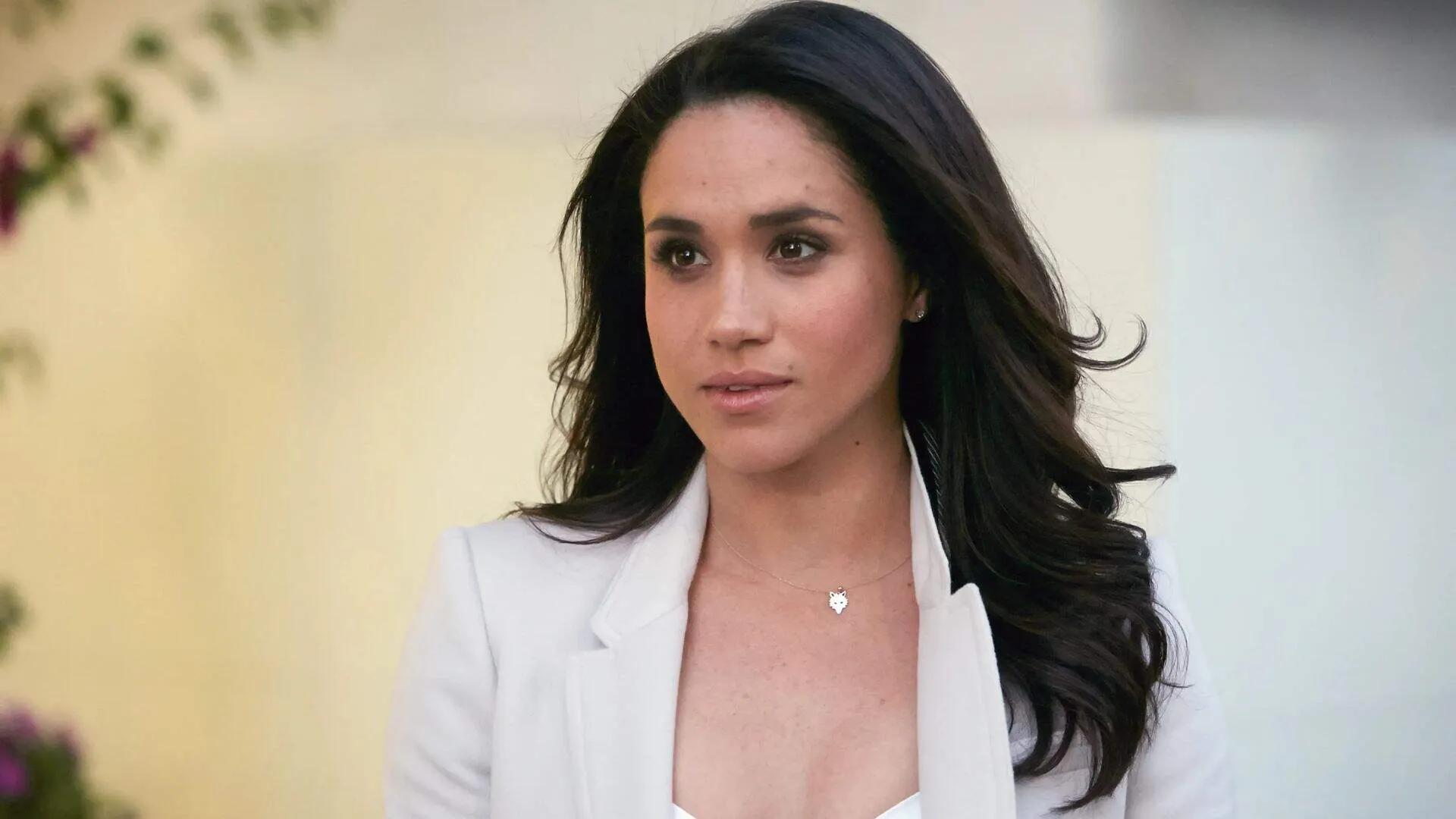The tenth edition of Prime Minister Narendra Modi’s Independence Day speech from the Red Fort drew out a clear road map for the future—a vision, which, if fulfilled, has the potential to take the country to great heights. This road map is not just about this Amrit Kaal, as India approaches 2047—the year the Prime Minister has set as a target for the country to become a developed nation. The road map is for the next thousand years—at a psychological and cultural level. It’s a transition from slavery to a new future. As the Prime Minister said, India is at the milestone between 1,000 years of slavery and 1,000 years of grand future that is about to come. It is about shedding the shibboleths of a subjugated past and rediscovering the Indian identity, while progressing towards modernity. It’s about the perfect melding of the traditional and the modern. As the Prime Minister said, “Let us once again believe that whatever we do, whatever step we take, whatever decision we make, will determine our direction for the next 1,000 years and will write the fate of India.”
This is an opportune moment for India to reach greater heights, but is success guaranteed? No. The country has to work for it. The Prime Minister is clear: the ball is in our court and we should not let go of that opportunity. He went into the specifics of how to achieve developed status by 2047. There are three steps to it—first, maintaining the spirit of unity in diversity; second, ensuring excellence in “our products, our services, our words, our institutions, or our decision-making processes”; and third, boosting the “additional power of women-led development”. India also has the right qualities to achieve that greatness—“demography, democracy and diversity”.
In fact the Prime Minister’s message is also to the wider world, that democracy will be a constant in India; that India is about pluralism; and that India’s youthful demography is an advantage at a time when both the West and China are getting older.
What was unsaid was, it’s also about the quality of leadership. Recently, to the Prime Minister’s assertion that India would become the third largest economy in his third term, a Congress spokesperson said that it would be an automatic process, that it would happen irrespective of who the Prime Minister was. But is it really that simple? If leadership did not matter, how did the ten-decade rule of the Congress-led UPA, from 2004 to 2014, come to be known as Indian economy’s lost decade, in spite of having an erudite economist as Dr Manmohan Singh as Prime Minister? To give a small example, when Dr Manmohan Singh left government, India was facing a raging banking crisis, with NPAs piling up. From there to turn around the banking sector in nine years of the Modi government to the extent that State Bank of India is India’s best performing company, even better than some of the corporate bigwigs, is a remarkable achievement. Dr Singh may have been competent, but he was not given the authority to be a leader. PM Modi’s two tenures in power have shown how a leader who has a strong mandate and the willingness to work hard for the people, can transform the country.
A lot is being said about the Prime Minister’s assertion that he is coming back to power and will address the people from the Red Fort next year. It is understandable that the Opposition parties will not like his statement, given that they are trying to spin the narrative that they are winning the 2024 general elections. What the Opposition does not understand is, spin rarely works when the internal contradictions are too many and too visible. Whatever be the rhetoric, the reality is that the I.N.D.I.A. coalition is appearing hobbled at birth, with no consensus on even seat sharing, forget about the Prime Ministerial face. Also, what is the Opposition’s plan of action if it comes to power, except for offering freebies to voters? Is this how responsible economies work? Is this how the Opposition will make India the third largest economy in the world? Where is the vision, where is the willingness to work in mission mode? If the Opposition thinks that voters will fall for its rhetoric, it’s not listening to the ground. The Opposition has reasons to be worried, for the Prime Minister has sounded the bugle from the ramparts of the Red Fort on 15 August 2023. If past is any precedence, he will work hard to ensure that not only does he return to power in 2024, but does it in a manner that he can carry forward his target of placing India on the path to developed status.

















